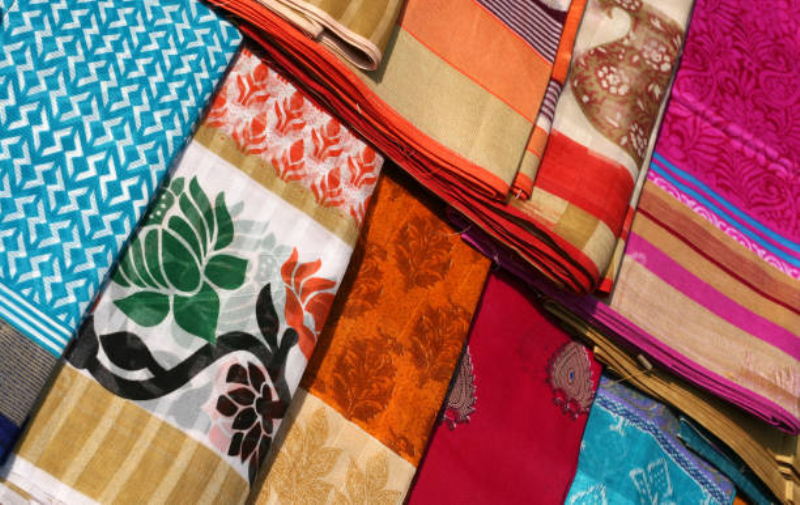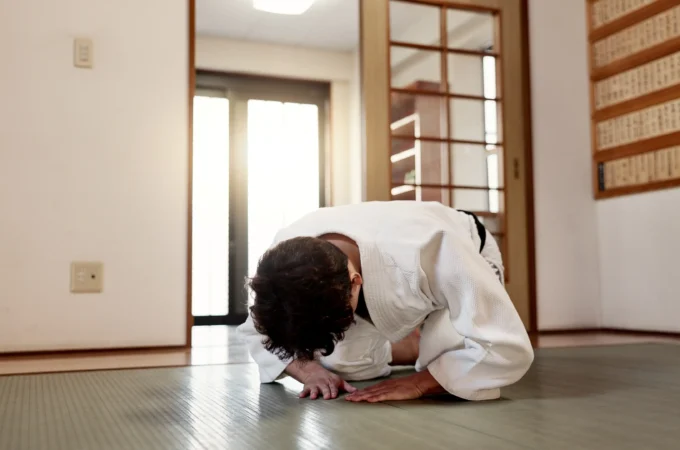
How to Identify and Buy Pure Jamdani Sarees
Planning to buy jamdani sarees? Do you not know how to begin with the search? Not to worry, explained here is everything one has to know about these gorgeous outfits.
One of the first things to pop up in one’s mind is the specialty sarees in this historic city when thinking about Bengal. It is the most popular thing here, right after fish and Bengali sweets, of course. The city’s rich history and culture have found an outlet in its attire as well.
The Jamdani saree, also known as Dhakai, incorporates a talented art of textile-weaving deeply rooted in Bengal. History says that it originated in Bangladesh.
Anything hand-made has a certain allure that no factory-made mass-produced item has. The thing reflects days of hard work of an artist. Owning such a piece means that one supports small industries and respects cultural practices.
ROYAL HERITAGE:

It is one of the exquisite kinds of muslin, which is painstakingly handwoven from cotton. This artistry progressed under the Mughal reign. The very name Jamdani has Persian roots. It comes from words meaning flower- jam and vase- Dani.
The name points to the intricate floral motifs seen on these drapes. The Bengali variant of the name:- Dhakai comes from Dhaka in Bangladesh, where it is said to have originated.
These sarees find a mention even in Arthashastra, which dates back to the third century. It mentions a fine cloth that comes from Bangla. Many travelers of Chinese and Arab origin have also mentioned in their record of visits.
HOW TO IDENTIFY GENUINE JAMDANI SAREES:
The Jamdani sarees are crafted with exquisite and high-quality muslin. It is thin and highly soft, which makes this saree breathable and light. One can identify these drapes with their attractive motifs intricately woven into the fabric.
These patterns are weaved-on with a thicker thread. It makes it seem as though the designs float on this ultra-fine material. Floral motifs are a staple in these sarees. One might also find varying designs like diamond shapes, paisleys, and natural objects like fish, lamp, lotus, etc.
When someone goes to buy Jamdani sarees, remember that an original will not cost less than 3000. A bridal Dhakai can cost anywhere between 30,000-70,000. It is often expensive due to its being completely hand-woven, its rich material, and its artistic decorations. The cost also depends on the weave’s intricacy, the type of thread used, and zari.
OWN A PIECE OF ROYALTY:
A Jamdani reflects a regal appearance. It is not called the ‘best muslin’ for nothing. This saree is made over two months to a year, so the cost depends on this to an extent. A Dhakai can take at least a minimum of nine months to weave.
So if someone does not own this gorgeous piece of attire, it is high time to purchase one and cherish it for years to come.
Despite all such merits, this art has seen a decline. The weavers do not find this profession quite rewarding anymore. Despite months of hard work, the saree finds fewer seekers.
New designers in fashion are reinventing this beautiful piece of historical material. They view it as a canvas presenting endless possibilities. It is an opportunity to work with one of the most vibrant and most expensive fabrics.
They feel that it is an ideal expression of India’s rich cultural heritage. The saree is gaining popularity not just in India but overseas as well. People all over the world love to own things created by human hands. The credit for this creation should ultimately go to the weavers.
CELEBRITY LOVE:

Dhakai has been a showstopper in shows all over the world. Especially celebrities sporting it has caused an increased interest in these sarees. Priyanka Chopra stole the show when she wore a Jamdani saree to receive the prestigious Padma Shri award. She sported a lime green one with exquisite white floral designs.
Rani Mukherjee, Aishwarya Rai, and Kajol are a few others who carried off this look to fame. Saree-lover Vidya Balan adores all handicraft sarees, including this one.
CARE TIP:
It is best to opt for dry cleaning when one wants to clean Jamdani sarees. In terms of storage, one has to wrap it in a clean cloth and store it away in a plastic or saree bag.
CONCLUSION:
Wearing a Jamdani saree is a matter of pride. Proudly flaunting culture while wearing a comfortable outfit is a bonus. The fabric carries history while being light and airy. What more could a saree-lover ask for in reality?




